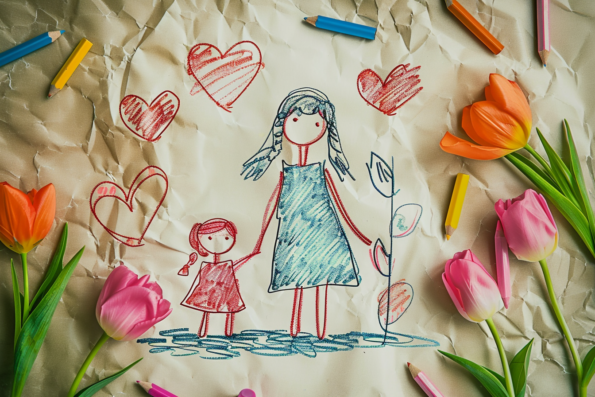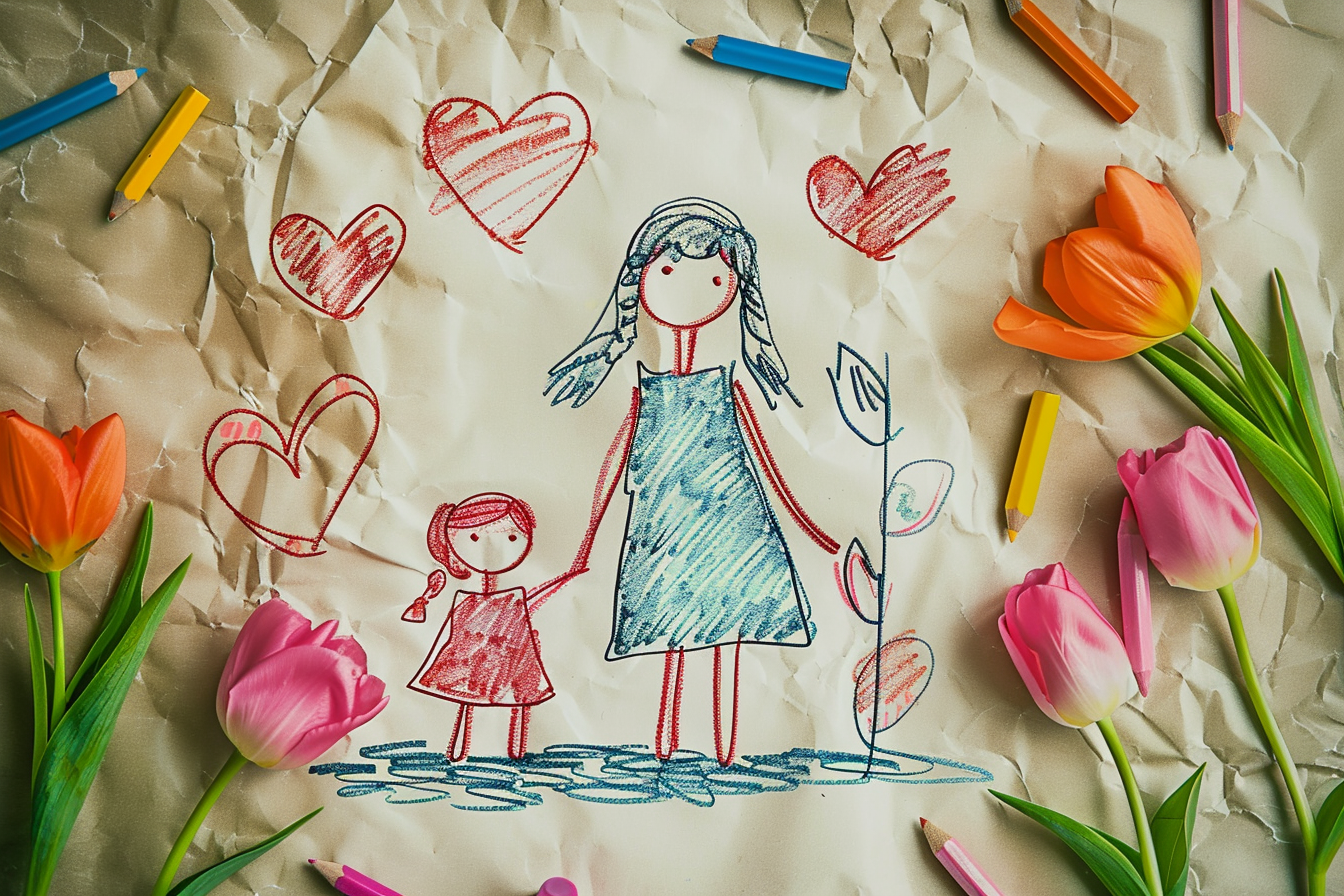 The book series by Liz Greene and Howard Sasportas is one that you should definitely read. The Luminaries: The Psychology of the Sun and Moon in the Horoscope (Seminars in Psychological Astrology, Volume 3) is a lecture that looks at both Lunar and Solar influences and how these symbols not only play an important role in describing the parental role in the family but are also important symbols in the psyche. Family histories are looked into, and there is a lot of information that can help you figure out what these things in a natal chart mean.
The book series by Liz Greene and Howard Sasportas is one that you should definitely read. The Luminaries: The Psychology of the Sun and Moon in the Horoscope (Seminars in Psychological Astrology, Volume 3) is a lecture that looks at both Lunar and Solar influences and how these symbols not only play an important role in describing the parental role in the family but are also important symbols in the psyche. Family histories are looked into, and there is a lot of information that can help you figure out what these things in a natal chart mean.
The Development of Personality: (Seminars in Psychological Astrology, Volume 1) looks at the Stages of Childhood and the idea that a child has a certain view of his or her parents from the moment they are born. In the horoscope, there is a wonderful chapter about the Parental Marriage. It talks about how the astrological signs come together to make a dual picture of our parents. Liz Greene has an interesting point of view on the dominant element in the natal chart and how this might show up in the relationship between the parents. A chart with a lot of air and not enough water, for example, may show an opinionated or wise father (air) and a poor, emotionally neglected mother (water).
Relating: An Astrological Guide to Living with Others on a Small Planet is another book that talks about family relationships. There is a chapter in this book called “Honor Your Father and Mother – With Reservations.” Liz Greene says that, “Mother is the earth in both physical and emotional ways. She is the cycle of birth and death, the all-giving and all-destroying, the instinctual life of the body and of the earth itself.” Father is made up of many things, such as Heaven, Spirit, Fire, Will, Meaning, Purpose, Purposeful Development, Order, Structure, and Law. The author says that “We can’t say that any parent is morally responsible, even if their neglect, rejection, harshness, absence, over-possessiveness, or lack of understanding seems to have caused psychological turmoil.” There’s no denying the power of these influences, but no matter what the parent does, the child meets them halfway, accepts it, and learns from the experience.
According to Greene, having a child forces one to reflect on their own childhood. The author calls the I.C.-M.C. our heritage to which we are bound, and it is discussed at length in this book. The M.C. sign conveys both the person’s perception of his mother and his idealized image. She is the source of his social values, particularly those that govern his interactions with others. The message made and the lesson to be learned are both depicted on the Midheaven symbol. The parent’s job is to explain the difficulty and show the child how to cope with it. The I.C. is where one’s roots and the sap that nourishes the oak originate. In time, the oak will develop into the Mighty Oak tree.
Zip Dobyns wrote a book called “Healing Mother-Daughter Relationships with Astrology,” The author takes the reader through the signs of the zodiac to help them understand their relationship with their mother. A mother whose astrological sign is Capricorn or Saturn is associated with the number 10. This mother-child relationship affects the traditional role of the father, who may become more authoritative, assume greater responsibilities, and blend conditional and unconditional love. Mother is a responsible person who always meets her obligations. Alternatively, these responsibilities may have fallen on the young individual. The family may have been reduced to poverty, forcing the child to begin working at a tender age.
The passage that follows is an excerpt from the book about Moon-Chiron:
The questing motif is mixed with maternal urges in these cases. On the positive side, Mother could be bright, a visionary, and motivated to seek a higher meaning in life. She might be more idealistic, spiritual or caught up with spiritual activities. She is likely to have high standards for herself as a mother. She may embody a restless, seeking, searching urge, helping her child see life as an adventure, and that the quest of truth is paramount. The child may idealize mum, seeing her as someone who expresses her best and her brightest in many ways. On the negative side, either individual may expect more than is humanly possible from the other and feel disappointed (wounded) when let down. The child may feel that the mother is caught up with educational, spiritual, humanitarian, or cultural or other pursuits and does not pay enough attention to family matters. When the child and mother seek the best together, the results can be quite positive. They may join forces in regard to spiritual, educational, or idealistic pursuits. A shared faith and confidence in a higher power can provide energy and motivation to make lives and the world a bit better”.
